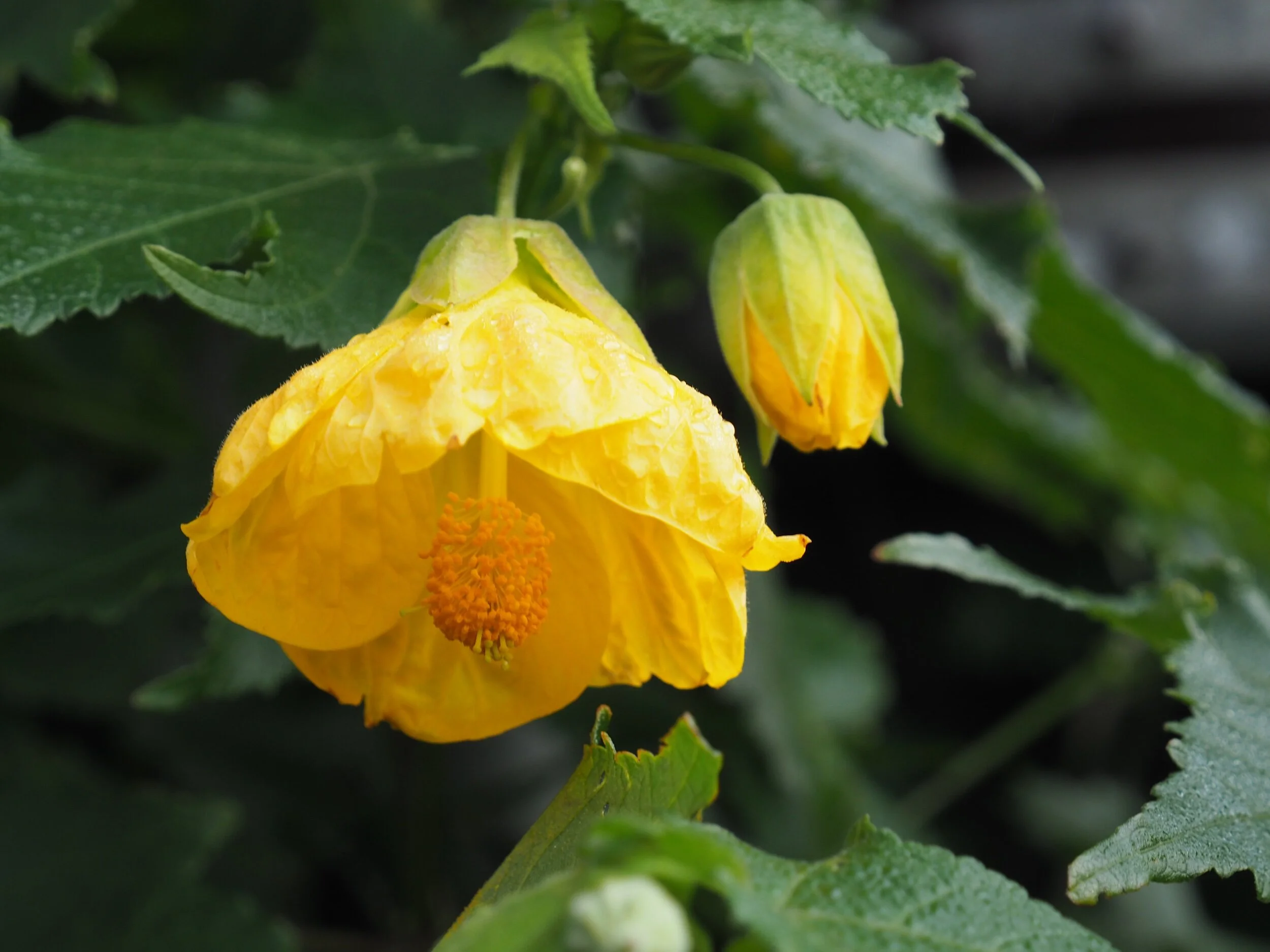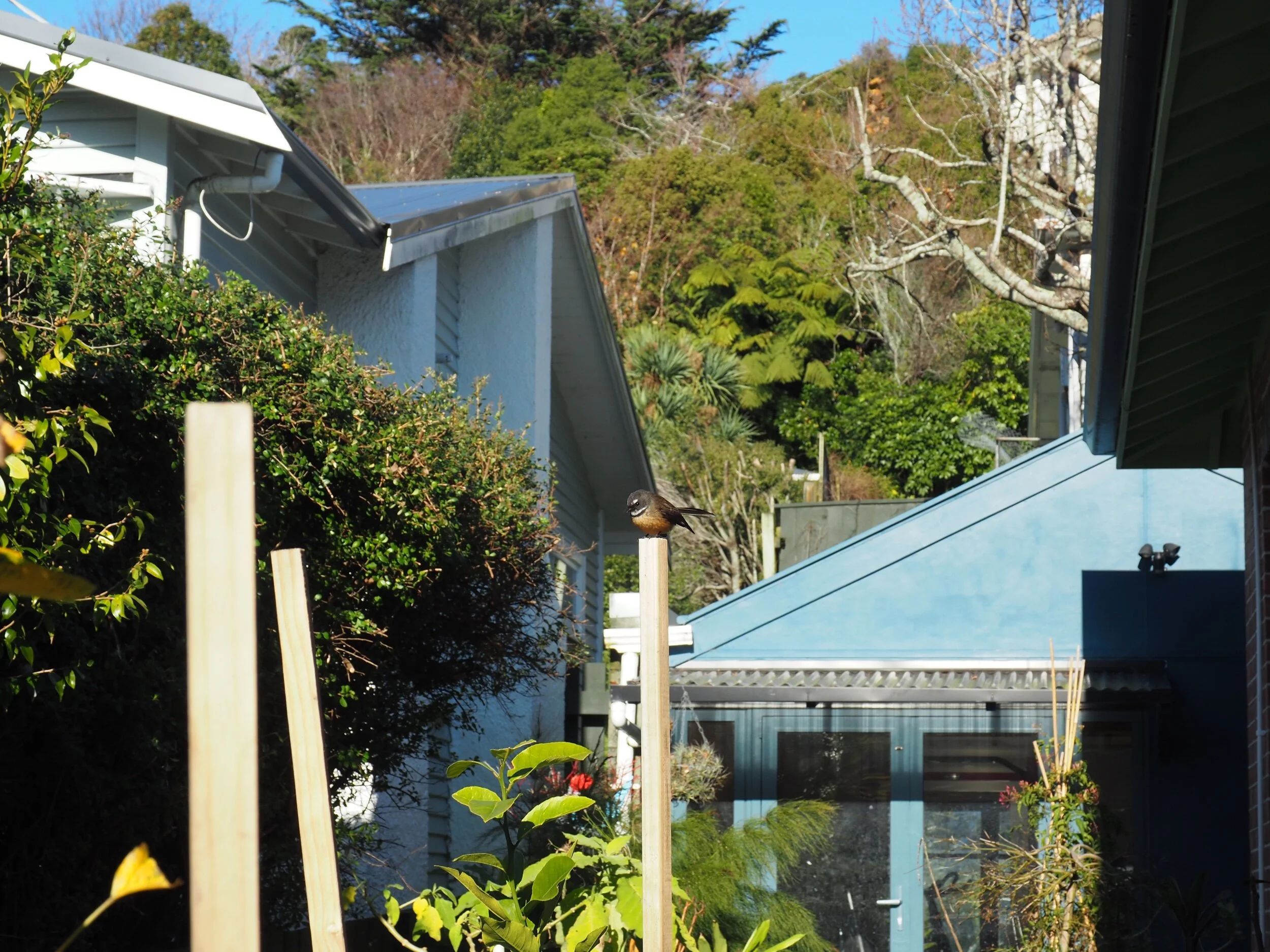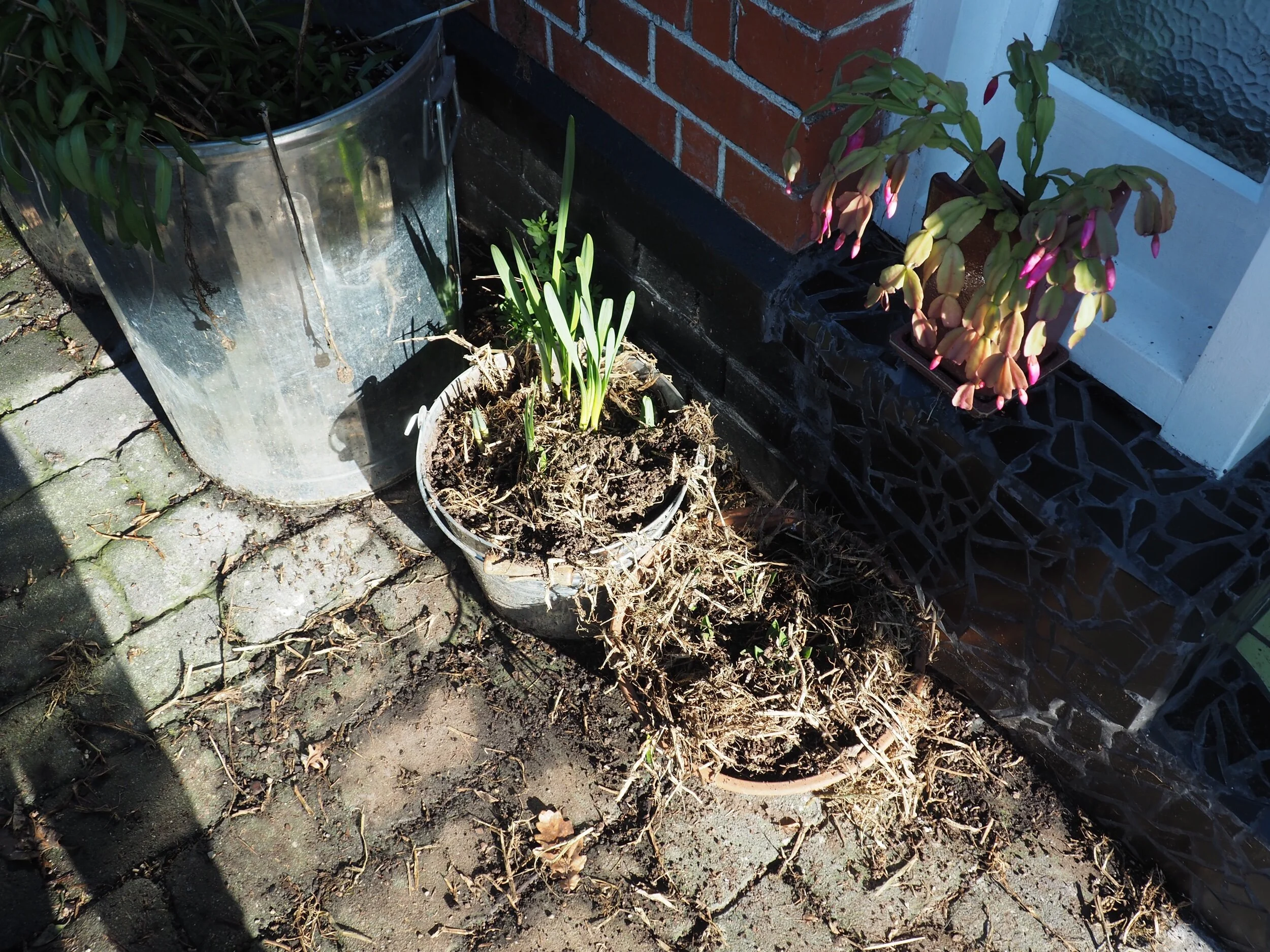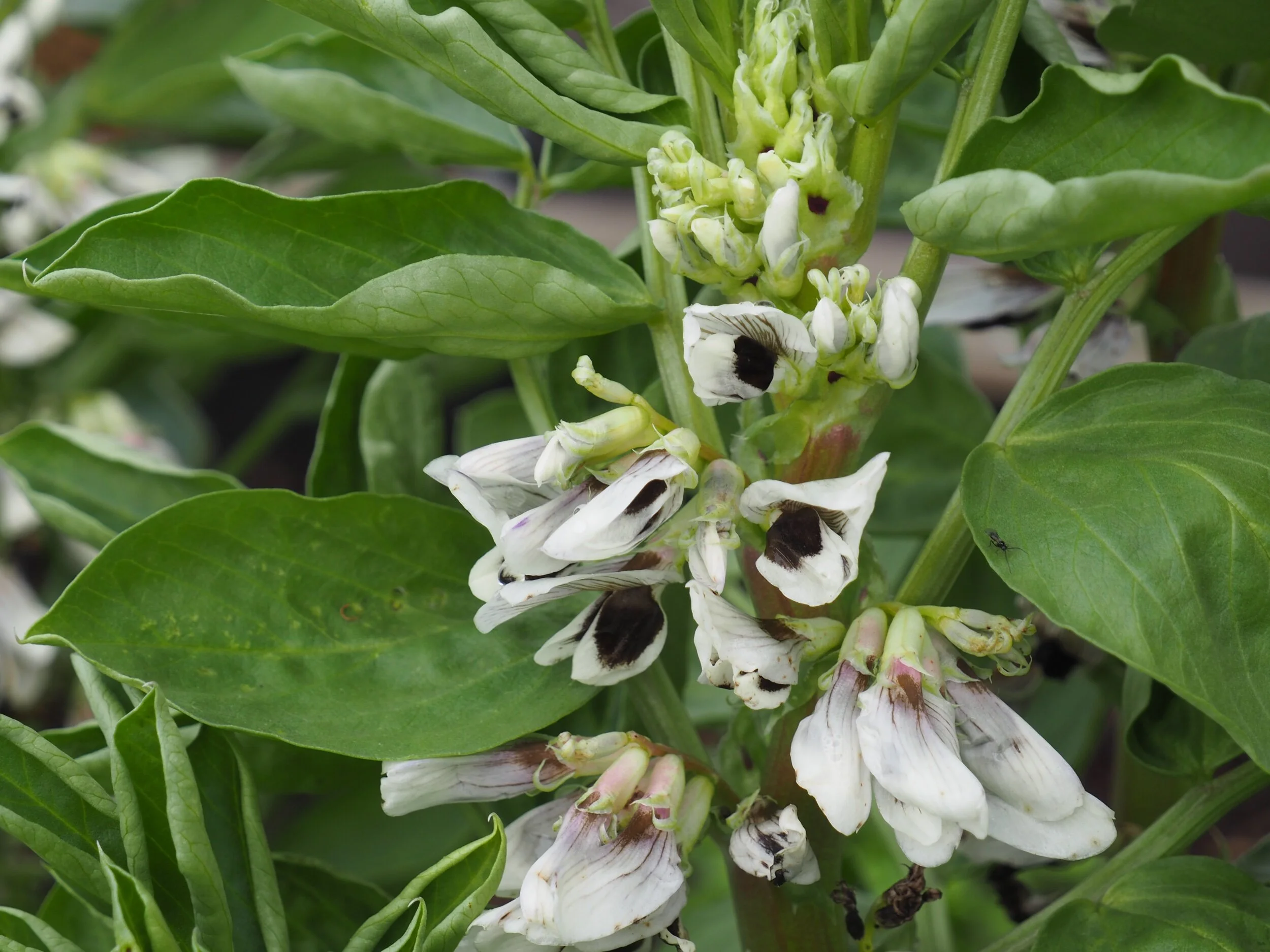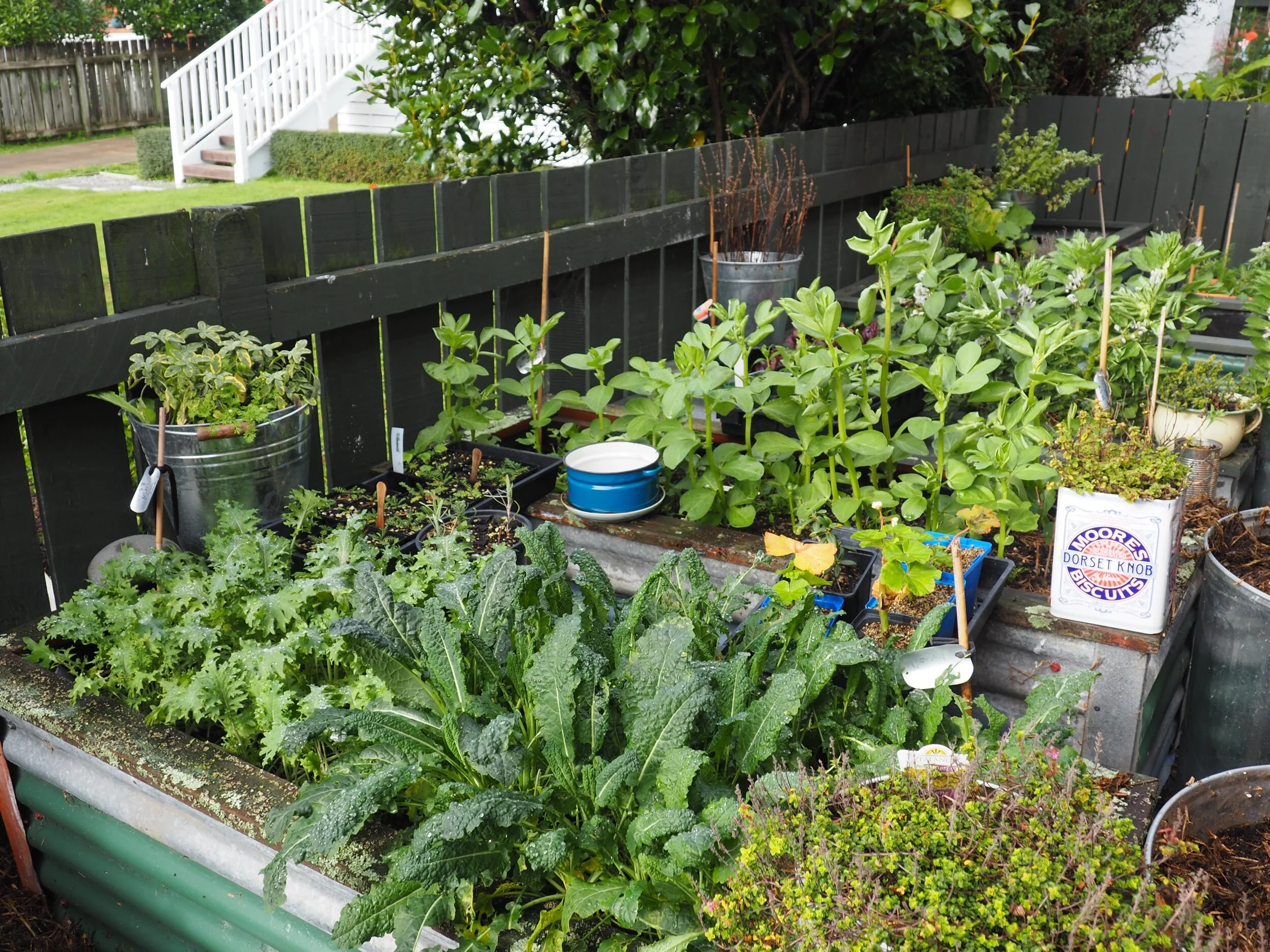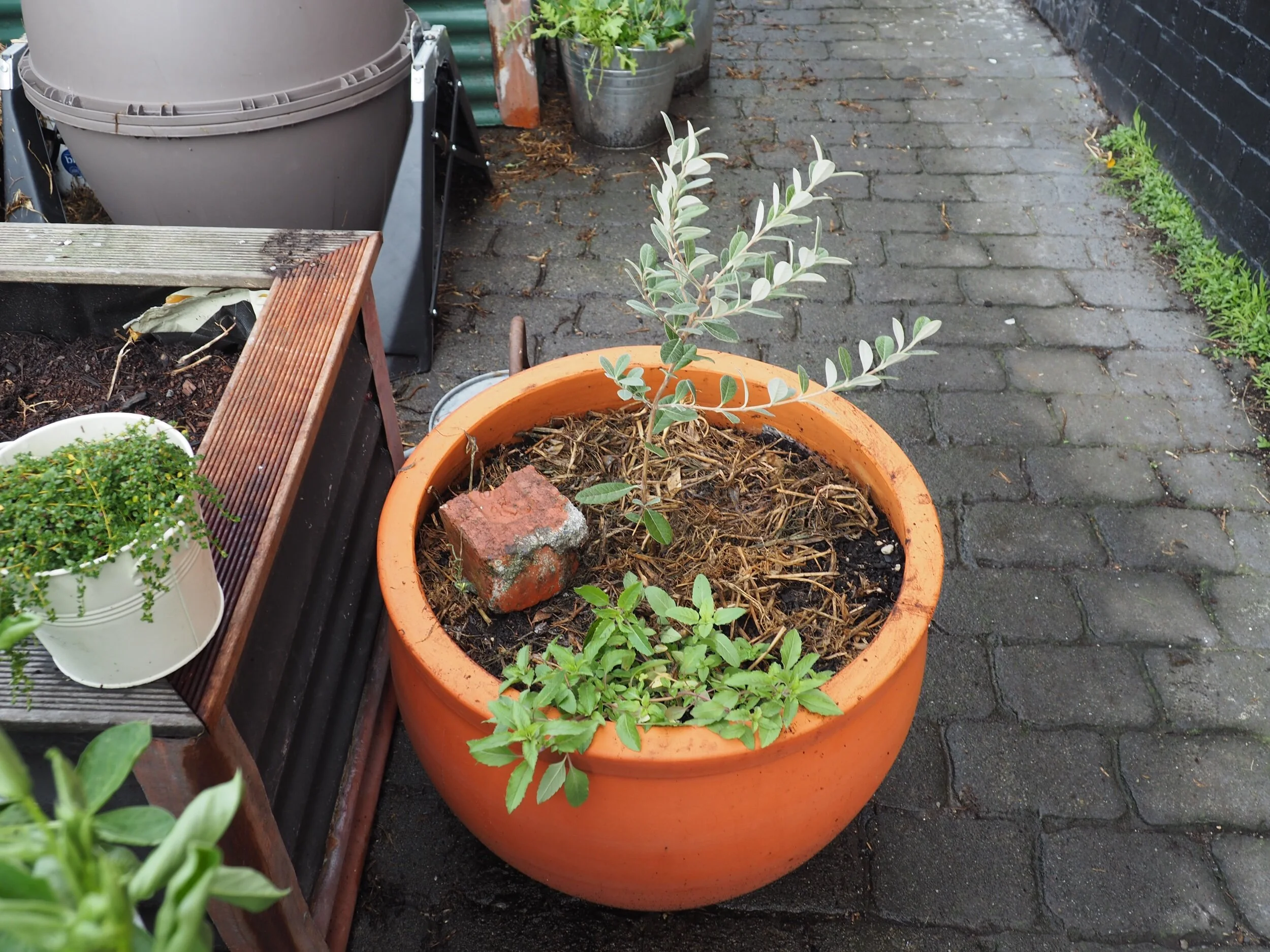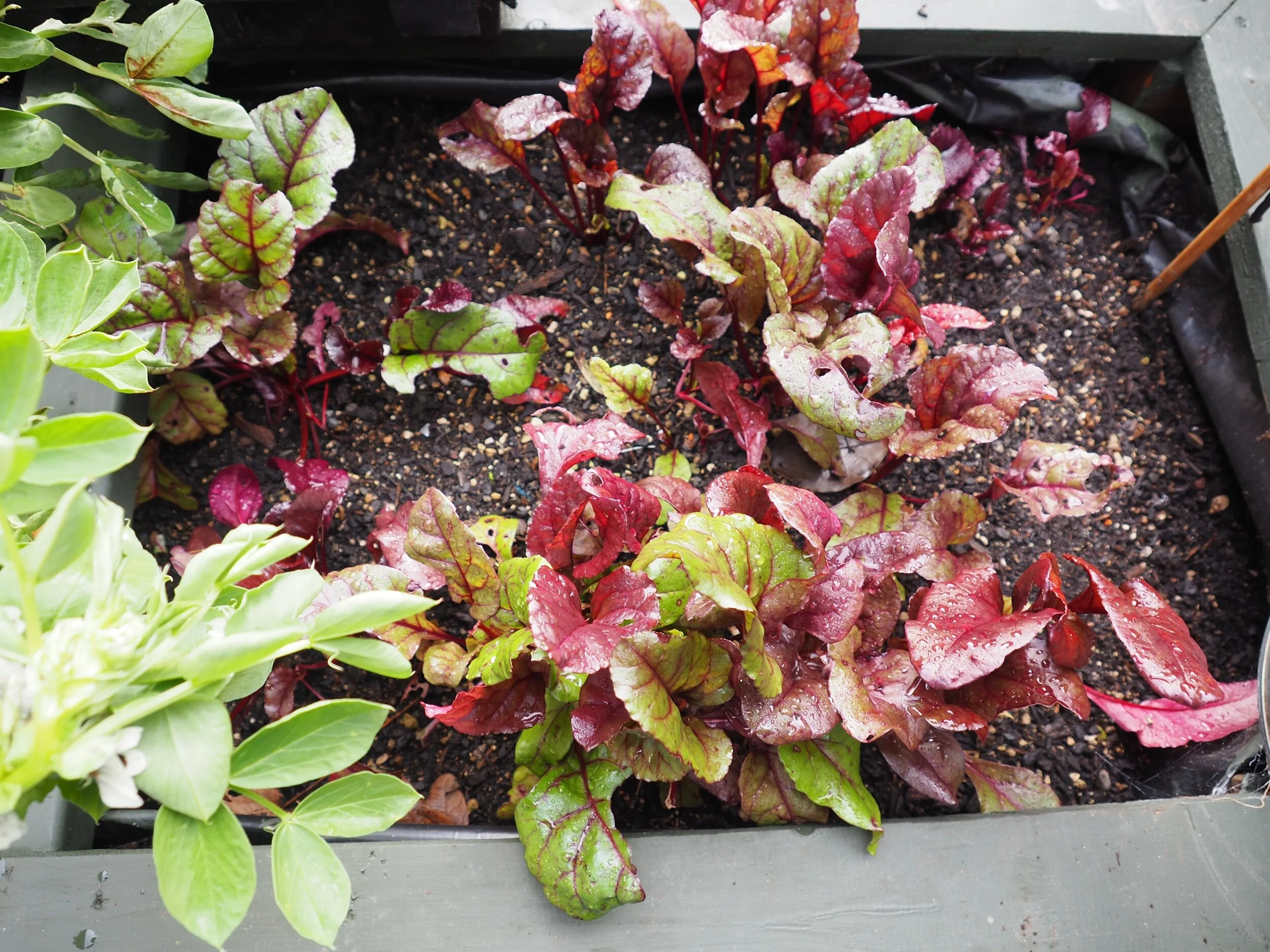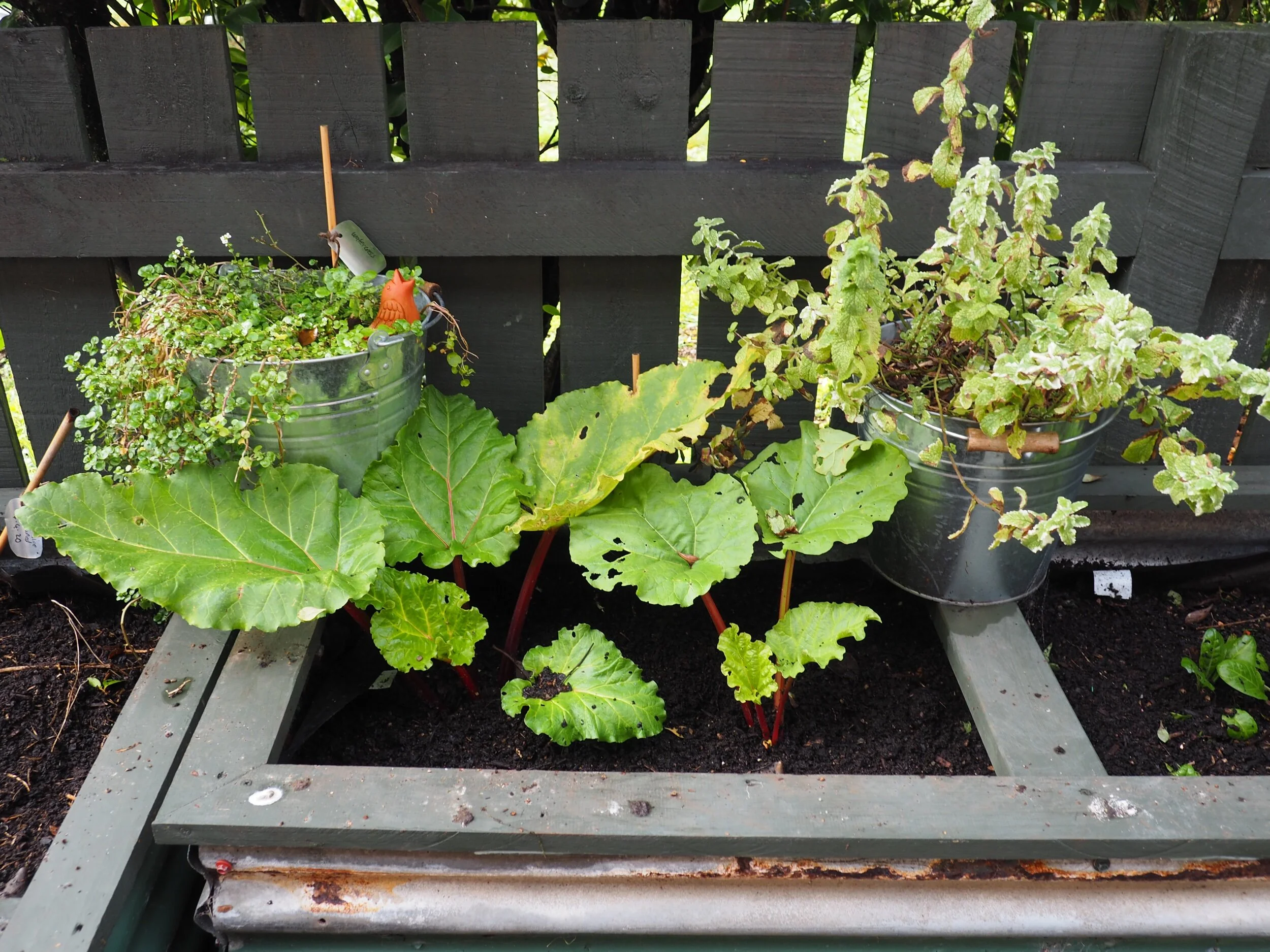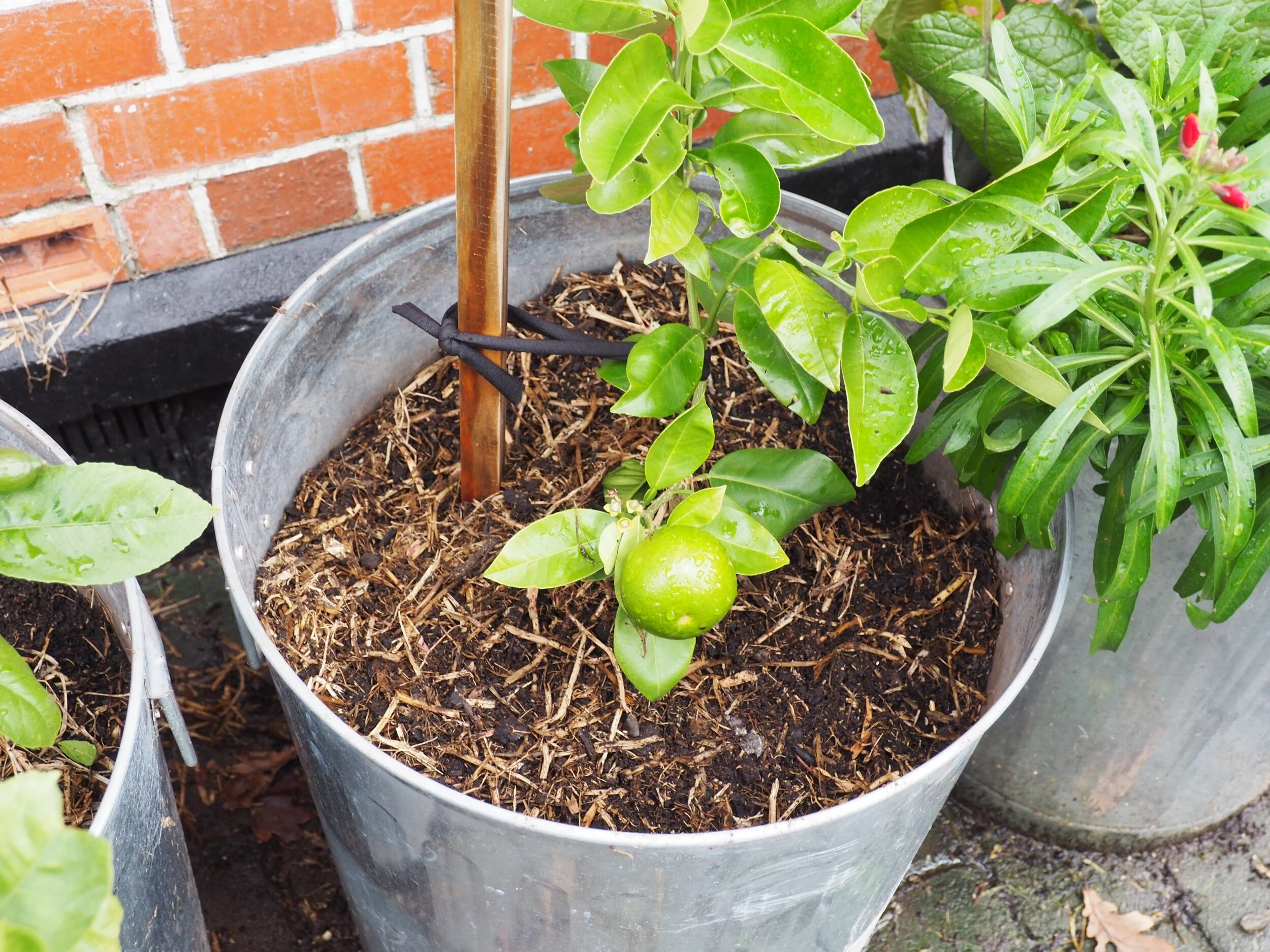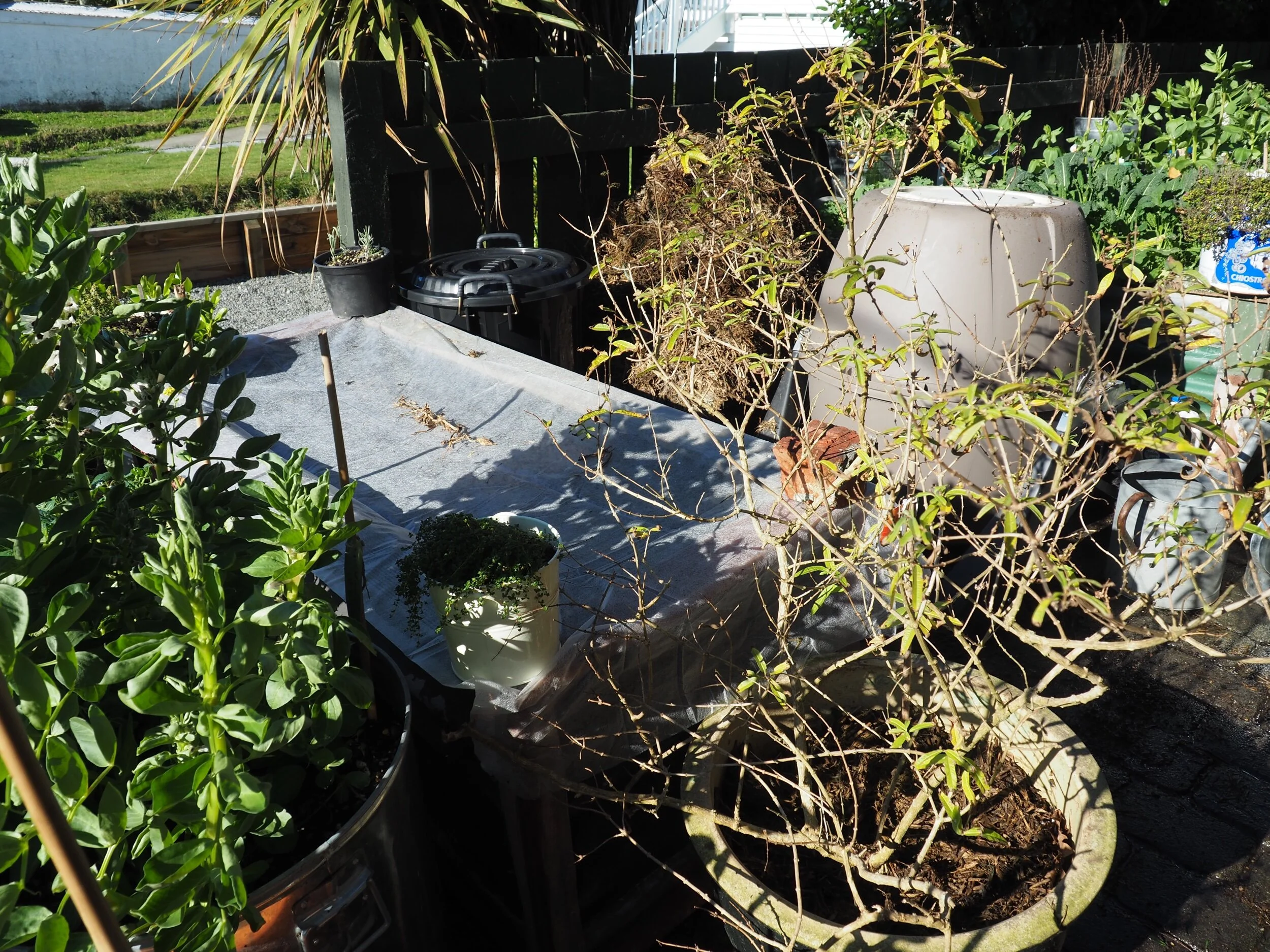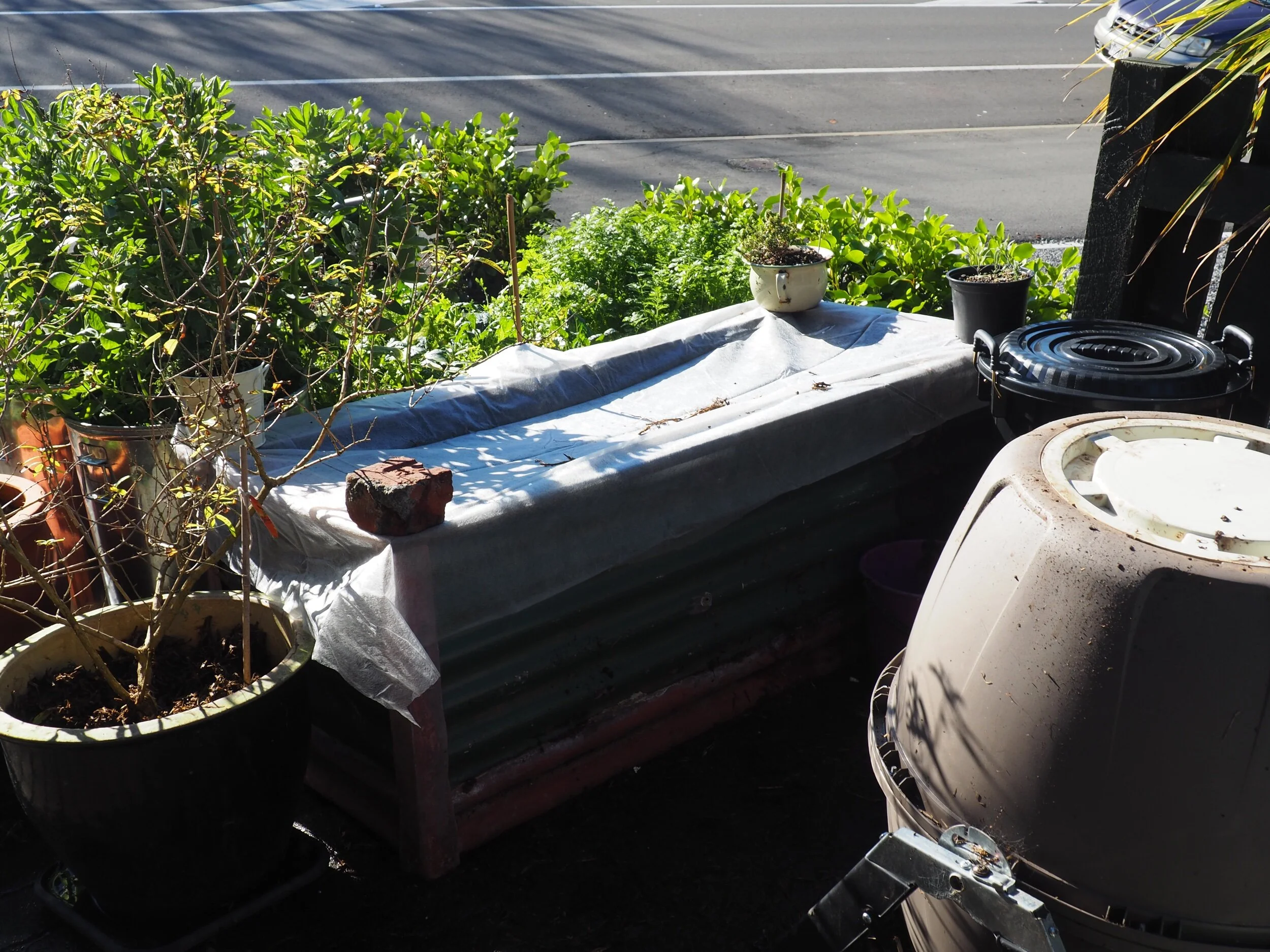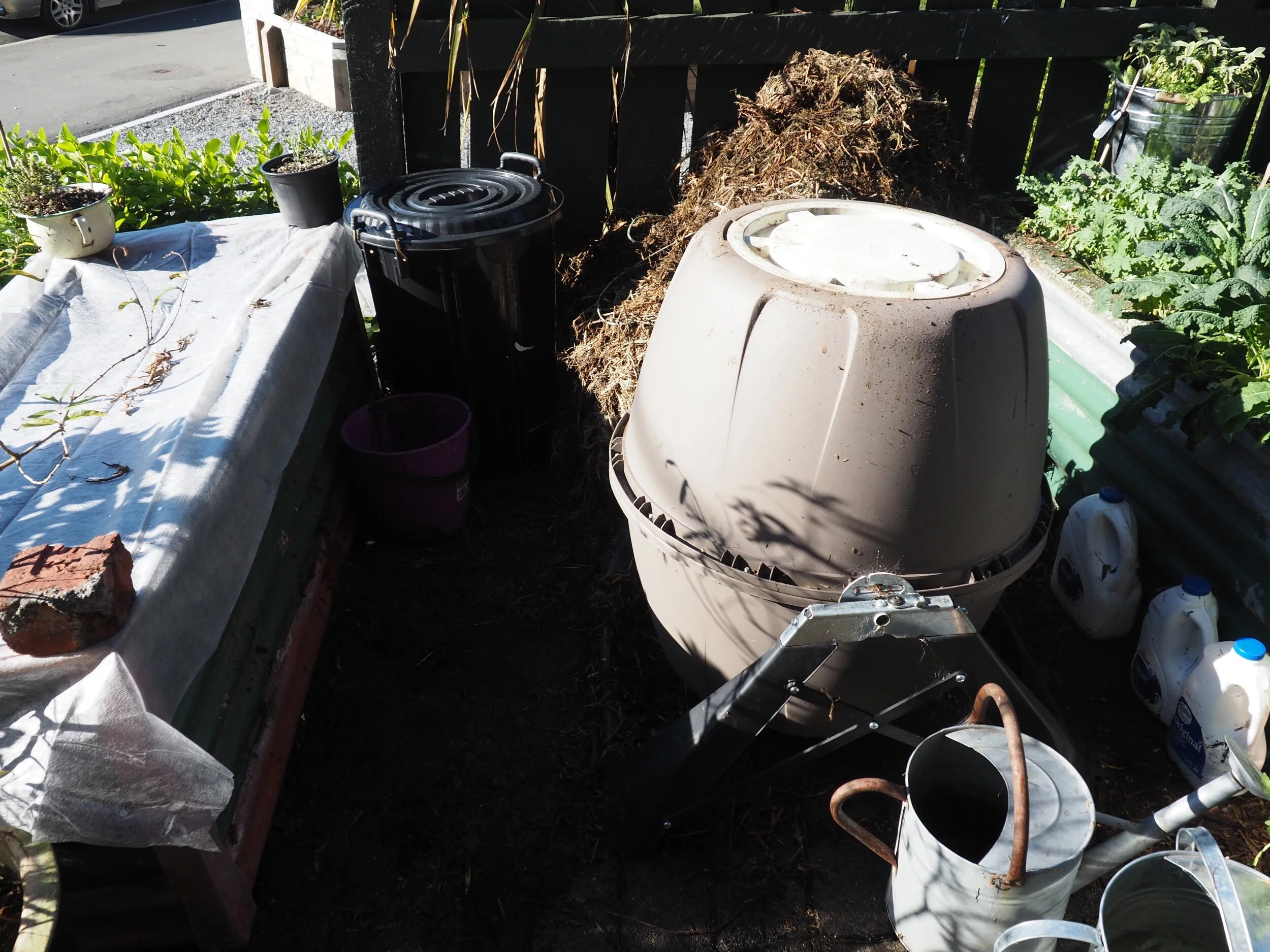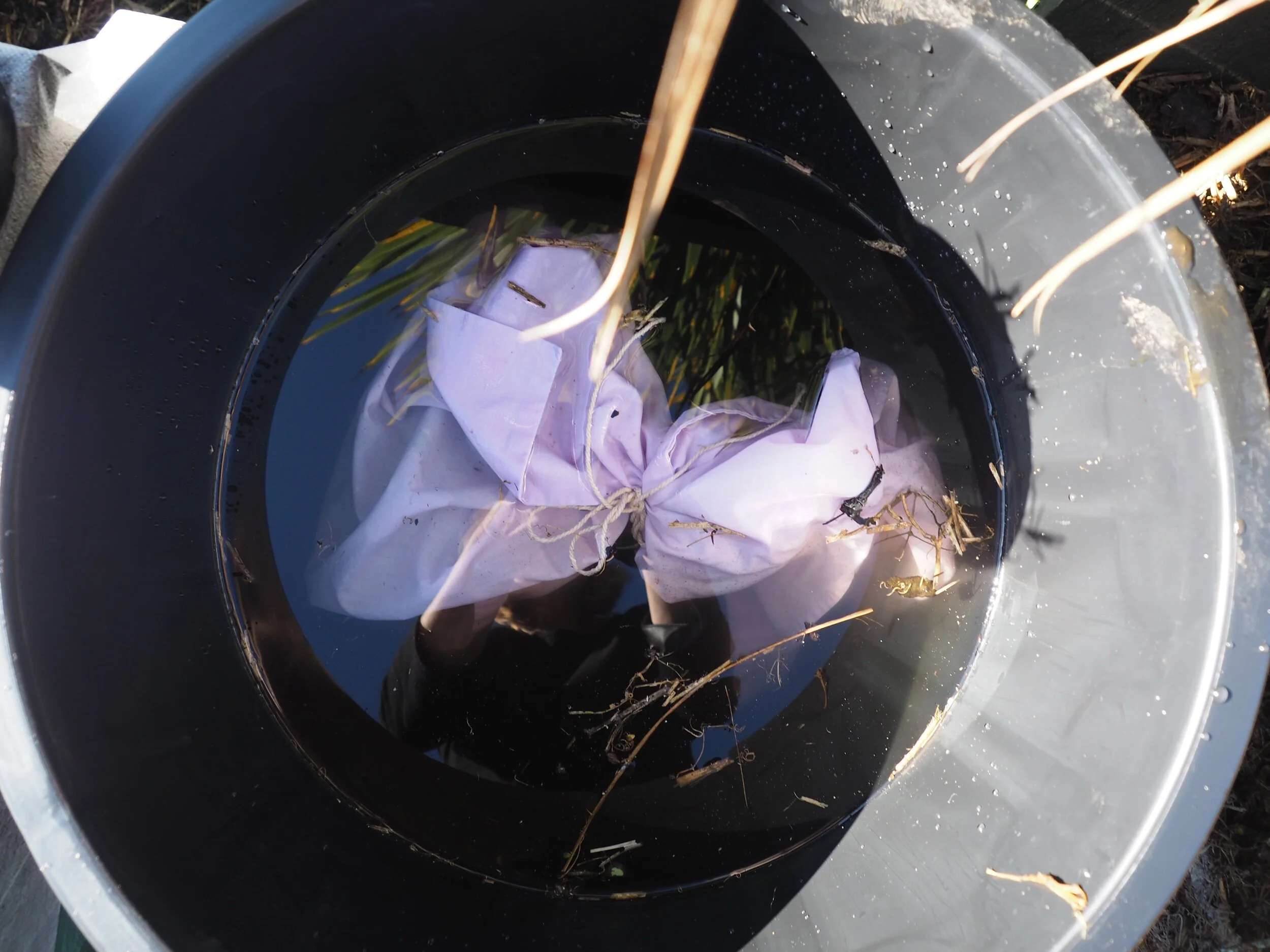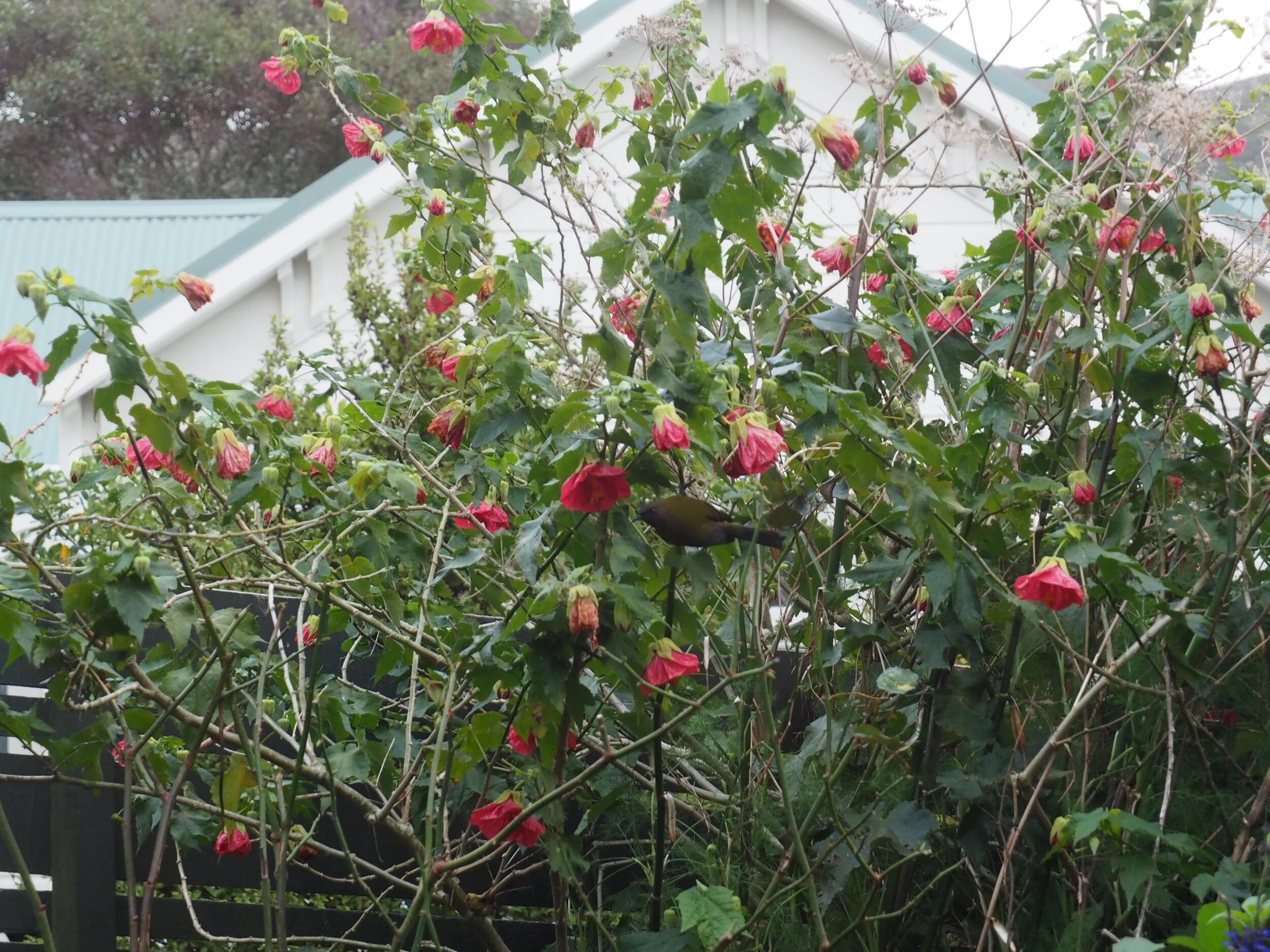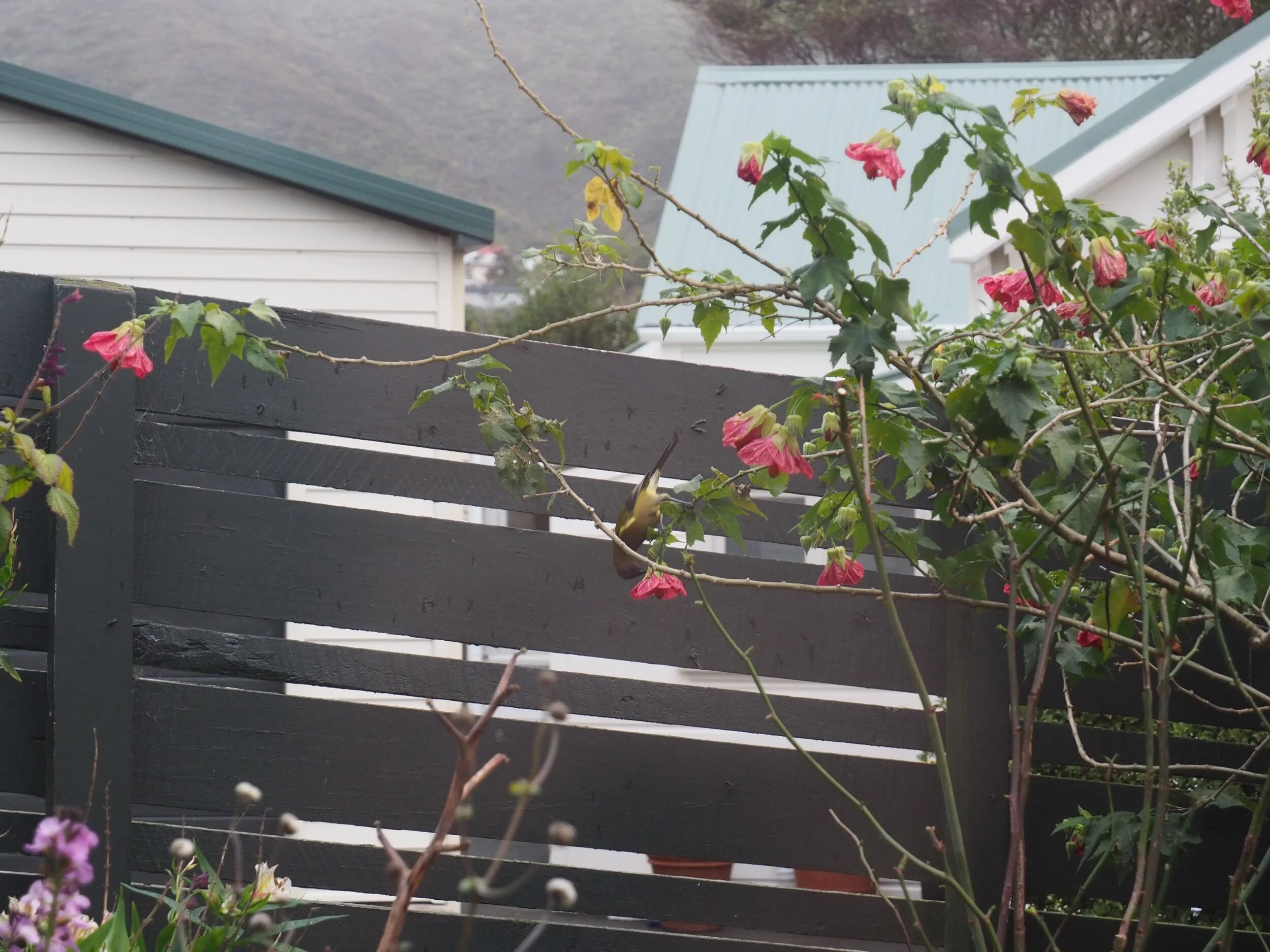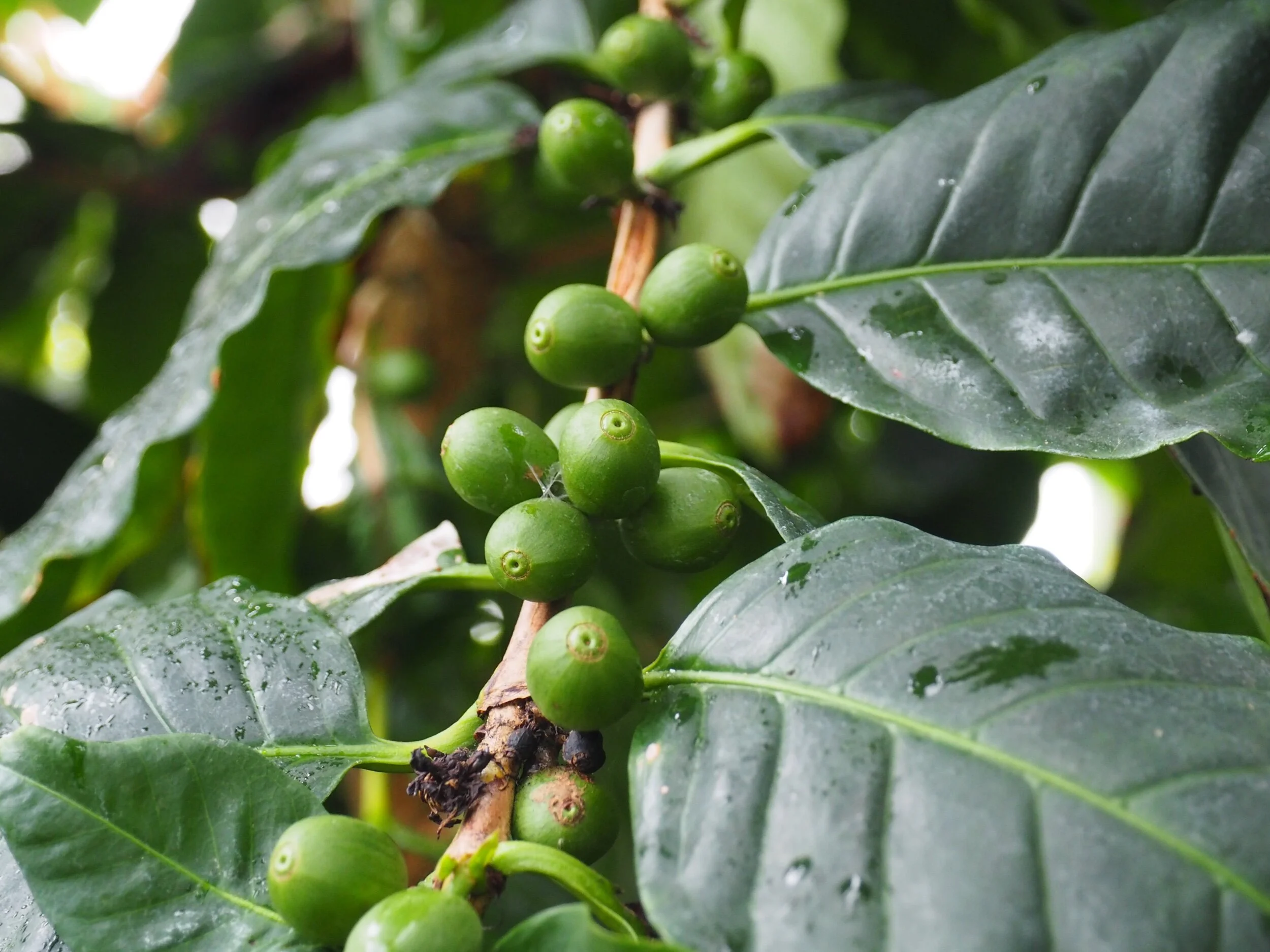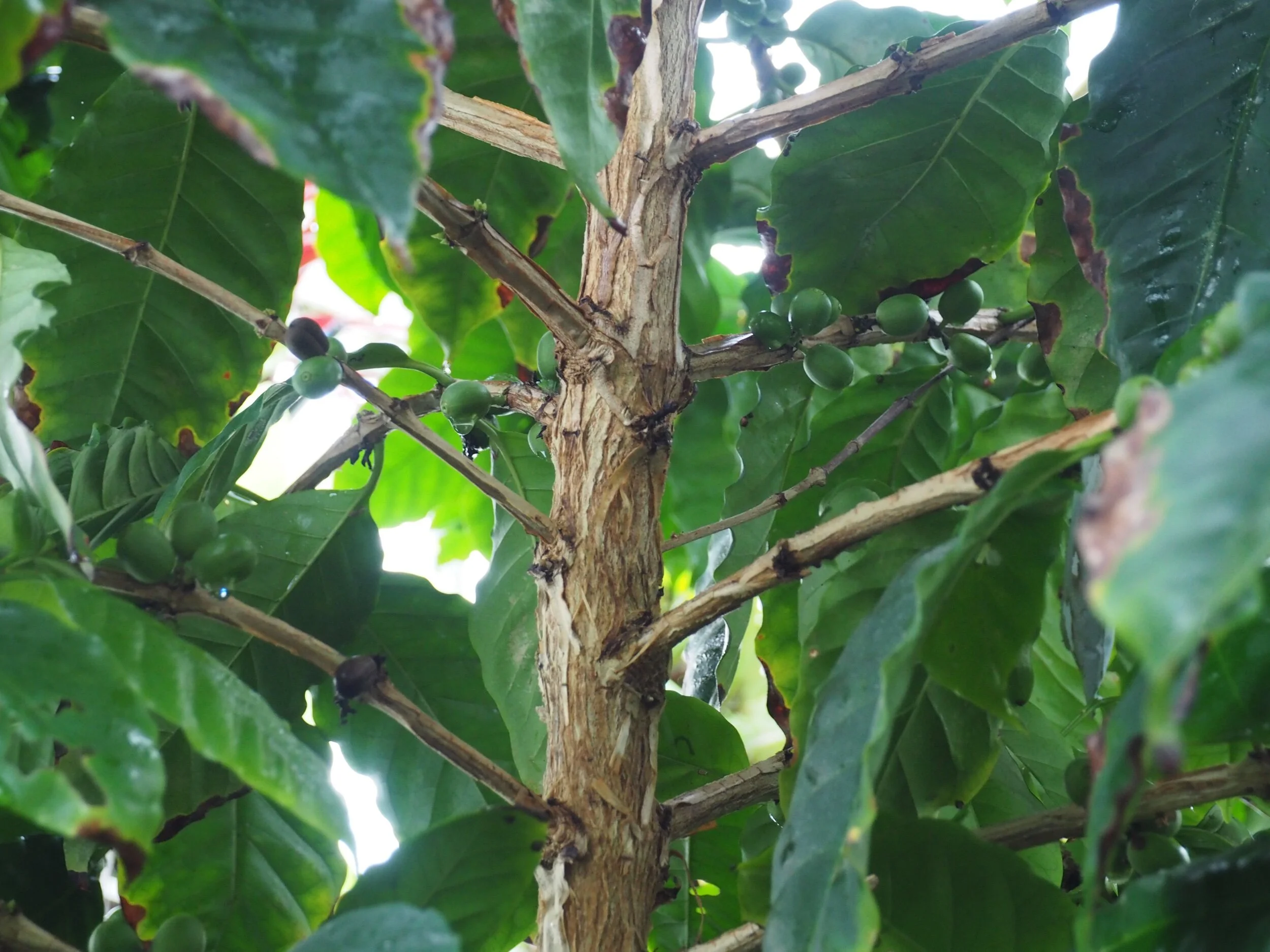Every Wednesday night I watch one and a half episodes of Gardeners World in my car. My car is parked in a half empty car park on the opposite side of town. It’s cold in the car and I have to wear a puffer jacket and wrap myself in a blanket. Sometimes I have to wear a hat and gloves. I struggle to stay awake. I get up at 5.45 every day. Sitting in a dark cold car from 8pm to 9.30pm kills me. I do it for my son. He has football practice. He’s 16 and hasn’t got his drivers license so I’m his taxi driver.
I watch Monty Don and the other presenters on Gardeners World on my iPad so I don’t have to squint at a tiny screen. I have to hotspot my iPad to my phone. In order to get an uninterrupted hour and a half out of my phone I have to connect it to a portable charging pack. It’s quite a palaver. And if I’m honest I feel a bit self-conscious.
The young men in the mens team (who train at the same time as my son) hurtle into the car park in their clapped-out cars at a minute to eight. They arrive in a rush and a roar, stereos blaring, lights blazing, brakes applied at the last-possible-minute. They pile out of their cars, calling out, laughing, slamming doors and boots. Then they saunter and swagger over to the turf leaving me to my blossoms and bees and potting mix. ‘I was young once,’ I want to call after them. ‘I wasn’t always a middle-aged mum in a sensible car watching Monty Don on YouTube.’
These young men, the like of which my son will soon become, are at the beginning of things. They are the spring to my autumn. They live in the now, whereas I (like most parents) live too much in the time that comes before and after the now.
There was a time when I would rather have eaten my own hand than watch Gardeners World. That’s when I was at art school and I was young and didn’t have any responsibilities. Luckily I grew up.
I love Gardeners World. Especially now. Especially for one and a half hours on a Wednesday night. I often wonder what it is that makes Gardeners World so appealing. I reckon it works because a bunch of experienced gardeners (the presenters) chat away to a bunch of less experienced gardeners (us the viewers) about gardening. They’re not condescending. They don’t dumb things down and they stick to gardening. They don’t show us how to make ugly dinky craft projects (UDCP’s) like bird feeders or wind catchers or a mosaicked paver. Monty tells us how to sew carrot seed, Carol takes us on a walk down a country lane to look at primroses, Nick tells us all about old roses, Rachel plants apple trees along a wall, Adam shows us his new woodland and Frances gives us a tour of her allotment. I learn so much. And in this cooking and home renovation obsessed world, getting good quality gardening information isn’t easy.
This week I’ve been learning about soil in my horticultural course, you know the one I’m doing online. Who knew that soil was so interesting? Soil to gardeners is what outer space is for astronauts - full of mystery and cool stuff and strange worlds.
Now I know why compacted soil is bad news for plants. Compacted soil has the air and water squished out of it. Plants need air and water and it’s the plant roots that get it from the soil. If the soil becomes compacted then plant roots can’t get the water and air they need in order to grow. Plant roots can’t spread out in compacted soil so the plant can’t grow. Water doesn’t soak into compacted soil, it runs off it. Plants in badly compacted soil eventually die and new plants planted into compacted soil won’t grow.
One of the many birds who make a mess of my garden - this particular one is a fantail.
Two pots of spring bulbs getting dug up by the birds.
Last Sunday was the shortest day and the longest night. Wellington got a month’s worth of rain in a week. I emptied the compost and replaced the mulch that the birds keep kicking out of the pots and planters. I did a few other things too.
I did get around to planting some garlic (normal garlic and some dubious looking elephant garlic) and some seeds: beetroot, rocket and spring onions. I tried to plant some beetroot and spring onions a couple of months ago. The birds dug up the soil and did something with the seeds, maybe they ate them, but they didn’t grow - the seeds that is, not the birds. The birds are doing fine. So I bought some fleece and stretched it over the planters planted with new seed. I didn’t want to use bird netting. I didn’t want birds to get tangled in it.
Here’s how the veggie garden looked a few days ago, before the rain returned and before I planted the seeds and garlic. The metal buckets are planted with spring bulbs.
Broad beans.
I have 2 kinds of kale.
A dwarf feijoa called ‘Bambina’.
Beetroot.
A dwarf rhubarb called ‘Cardinal Crunch’.
‘Wheeny‘.
The citrus tree above is called Citrus x paradisi ‘Wheeny’. It’s an Australian grapefruit, although it’s not a true grapefruit. As you can see I’ve got one ‘Wheeny’ growing. I’m looking forward to eating it. It’s supposed to be bitter without being sour or maybe it’s the other way around.
Here’s one of the planters covered in fleece and my latest acquisition. A very special black bucket.
Up against the fence is my new black bucket.
I bought a book called ‘Garden Alchemy’ by Stephanie Rose. It’s full of really useful recipes for homemade potting soil and garden teas. For a while I’ve been thinking about what I can do with the pernicious weeds that I can’t compost. The ones like dock and dandelion. The answer is weed tea! That’s where my new bucket comes in.
I filled my new bucket with rainwater, which I collect in my wheelbarrow. Wheelbarrows, incidentally make great impromptu rainwater collectors. I have 2 wheelbarrows that I leave out in different parts of the garden - mainly because I haven’t anywhere to store them.
I didn’t put the weeds straight into the water. I put them in an old pillowcase which is securely closed with string. I don’t have many weeds in my weed-tea pillowcase; they’re still in the garden. I need a fine weekend to weed and mulch. Once the pillowcase is full of weeds I’ll leave them to decompose and get all slimy. When they’re properly dead, every part of them, I’ll throw them in the compost bin. In the meantime I can scoop out cups of weed tea, dilute it 1:10 and water it on my veggies and fruit trees.
Weed tea.
One of my favourite shrubs is the Abutilon. I have 2 white ones, 2 yellow ones, 1 orange one, 1 pinkish one and a red one. Small birds, especially the silver eyes, Tauhou and the green finches adore them. My Abutilons flower all year round. If they get too leggy then I cut them back. Bumblebees love these flowers too, though I haven’t seen any in the last few weeks.
Abutilons let the sun pass between their leaves and branches, which mean other plants can be planted under and around them. Abutilons have a lovely arching branches, bell-shaped flowers and large beautiful leaves. They look animated when the wind blows through them. I’m experimenting with planting other shrubs and tall herbaceous plants around them. I don’t believe I’ve uses my Abutilons, in a design sense, to their full potential.
The greenfinch below thinks nothing of drinking nectar upside down.
This morning I met my cousin for brunch at the Wellington Botanic Garden. She’s a plant lover too. We spent a long time in the hot house photographing leafy plants from exotic parts of the world and grumbling about how all the millennials have pushed up the price of house plants. Here’s a coffee plant and lots of coffee beans. I like its craggy textured trunk. I think my courtyard foliage garden needs this tree.
See you in a fortnight.

